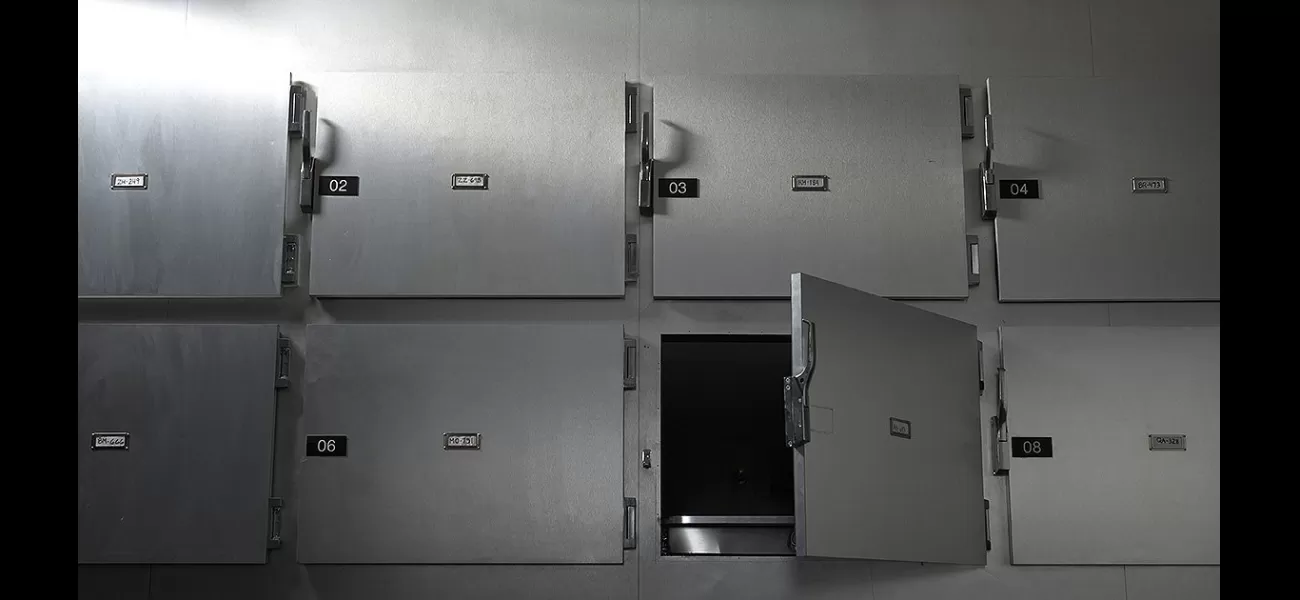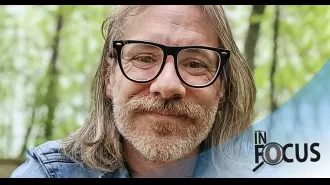Preparing the body for burial, including embalming, dressing, and cosmetics.
Nothing can surprise or shock me anymore.
August 11th 2023.

Death may be a taboo topic, but it's a reality that all of us will experience at some point. Lianna Champ, the UK's first female undertaker and embalmer, has made it her life ever since she saw her first body at age 15.
We asked her to walk us through what happens to the human body between the time of passing and the funeral. Lianna explains that once the heart stops beating, the energy of the body stops and it begins to cool as it decomposes.
Rigor mortis, a chemical reaction caused by a lack of oxygen and biochemical changes in the body, sets in a few hours after death. This causes the muscles to stiffen and contract. Lianna clarifies that you cannot break bones by attempting to move limbs during rigor mortis - it breaks down naturally after 48 hours.
The bad bacteria in our bodies begins to break down the body when we die, which is why we embalm. Embalming slows down the decomposition process and allows families to see their loved ones in a more life-like state. It involves formaldehyde gas, draining the blood, and injecting the formalin solution with a dye to give the tissues a more life-like appearance.
Although embalming may not be possible in cases of severe burns or extensive injuries, Lianna says she can never stop someone from viewing the deceased. She loves her job because she gets to help families in their time of need, and is able to make unique requests come to life.
Lianna admits that seeing the impact of her work can be emotional, but she takes comfort in the fact that she is helping the families through their transition. She has written a book entitled 'How to Grieve Like a Champ' to help those struggling with grief.
We asked her to walk us through what happens to the human body between the time of passing and the funeral. Lianna explains that once the heart stops beating, the energy of the body stops and it begins to cool as it decomposes.
Rigor mortis, a chemical reaction caused by a lack of oxygen and biochemical changes in the body, sets in a few hours after death. This causes the muscles to stiffen and contract. Lianna clarifies that you cannot break bones by attempting to move limbs during rigor mortis - it breaks down naturally after 48 hours.
The bad bacteria in our bodies begins to break down the body when we die, which is why we embalm. Embalming slows down the decomposition process and allows families to see their loved ones in a more life-like state. It involves formaldehyde gas, draining the blood, and injecting the formalin solution with a dye to give the tissues a more life-like appearance.
Although embalming may not be possible in cases of severe burns or extensive injuries, Lianna says she can never stop someone from viewing the deceased. She loves her job because she gets to help families in their time of need, and is able to make unique requests come to life.
Lianna admits that seeing the impact of her work can be emotional, but she takes comfort in the fact that she is helping the families through their transition. She has written a book entitled 'How to Grieve Like a Champ' to help those struggling with grief.
[This article has been trending online recently and has been generated with AI. Your feed is customized.]
[Generative AI is experimental.]
0
0
Submit Comment





